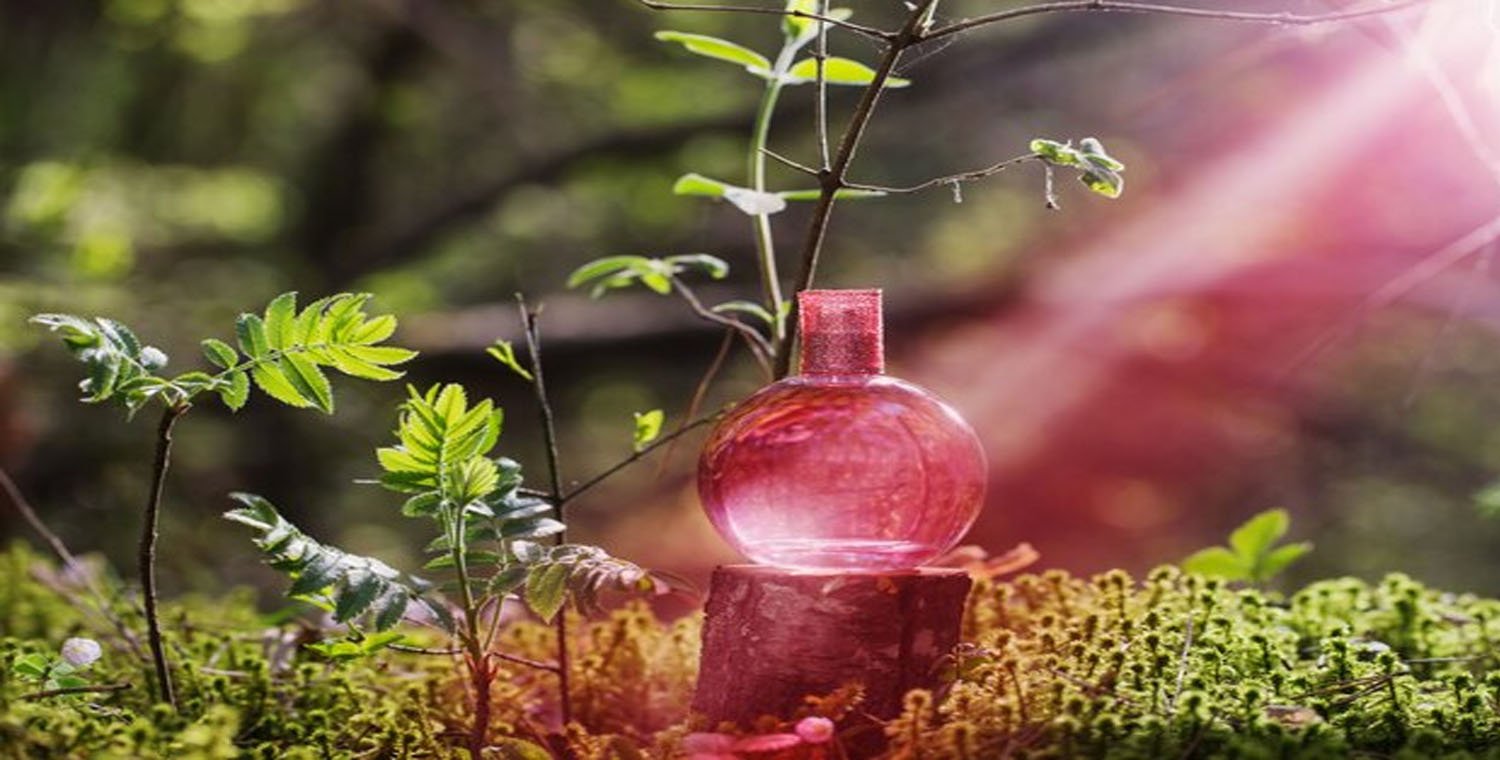Fringance, a term that may sound unfamiliar to many, refers to the captivating and often enchanting qualities of scent that shape our emotional and sensory experiences. While not a widely recognized word in everyday language, fringance encapsulates an idea at the very core of what makes fragrances so important in our daily lives. This article will explore the concept of fringance, its role in scent-making, and how the world of perfumes and fragrances influences human emotion, memory, and culture.
Whether you are a perfumer, a fragrance enthusiast, or simply curious about the hidden power of scent, understanding fringance is key to uncovering the intricate relationship between smell, emotion, and memory.
Defining Fringance: A New Term in the World of Scent
While fringance is not an established term in the fragrance industry or scientific literature, it can be interpreted as a conceptual blend of fragrance and essence, with an emphasis on the ephemeral, sometimes mysterious, qualities that make certain scents irresistible or powerful. It might be seen as a neologism meant to describe those subtle, almost intangible qualities that contribute to the overall experience of fragrance — the fleeting, dynamic elements that either captivate or overwhelm us.
In essence, fringance can be thought of as an extension of the study of fragrance, focusing on the emotional and sensory experience that particular scents evoke. The importance of fringance lies not only in the ingredients that make up a fragrance but in the way these scents interact with our bodies, environments, and psyches. Through this lens, fringance becomes not just a product but an experience.
The Science of Scent: How Fringance Affects the Brain
Scent is one of the most powerful and evocative senses humans possess. The way a fragrance — or fringance — influences our emotions and memories is grounded in biology. The nose, or olfactory system, is directly connected to the limbic system, the part of the brain responsible for emotions, memories, and behaviors. This connection means that scent has an almost immediate impact on our mood and mental state.
When we encounter a fragrance, molecules from that scent bind to receptors in the nasal cavity, sending signals to the olfactory bulb, which then transmits information to the brain. The brain processes these signals and forms emotional responses. Because the olfactory bulb is part of the limbic system, it explains why fragrances can trigger vivid memories, change our mood, and even affect our physiological state.
Consider a personal example: the smell of lavender might make you feel calm and relaxed because it triggers a memory of a peaceful vacation. Similarly, a whiff of fresh-cut grass may bring back memories of childhood summers, sparking feelings of joy or nostalgia. This is a fundamental characteristic of fringance — its ability to evoke emotions and memories, often without us even being consciously aware of the link.
The Role of Fringance in Perfume and Fragrance Design
Perfume-making is both an art and a science. Creating a fragrance that embodies fringance requires a delicate balance of chemistry, creativity, and an intimate understanding of human emotion. Perfumers, or “noses,” carefully blend essential oils, aromatic compounds, and solvents to craft a scent profile that appeals to our senses.
The journey of creating a fragrance begins with a vision or concept. For example, a perfumer might want to create a scent that represents “the freshness of spring” or “the warmth of a cozy autumn evening.” The perfumer then selects ingredients that evoke these ideas — floral notes like rose or jasmine, or woody notes such as sandalwood or cedar.
But beyond just choosing individual scents, perfumers must consider the fringance — how the fragrance will evolve over time, its ability to evoke emotional responses, and how different notes interact with one another. The perfume will often change as it is worn. A fragrance typically has three stages: top notes, heart notes, and base notes.
1. Top Notes: The Initial Impression
The top notes are the first scents you experience when applying perfume. These are typically light, fresh, and volatile, disappearing within the first 15 to 30 minutes. They are often citrusy or herbal in nature — think lemon, bergamot, or mint. The fringance of the top notes is critical because it sets the initial mood of the fragrance. If a perfume doesn’t make a strong first impression, it might not engage the wearer, despite how well it develops in the later stages.
2. Heart Notes: The Core of the Fragrance
The heart notes, or middle notes, are the essence of the fragrance. These appear once the top notes have faded and typically last for several hours. Heart notes often include floral or fruity scents like rose, lavender, and peach. In the context of fringance, these are the notes that linger and contribute to the lasting emotional impact of the fragrance. The heart notes can be thought of as the “soul” of a perfume.
3. Base Notes: The Foundation
Base notes provide depth and longevity to a fragrance. These are typically rich, warm, and earthy, such as vanilla, musk, amber, or patchouli. Base notes linger the longest and provide a scent profile that persists on the skin. The fringance of the base notes is especially important because they are what give the fragrance its lasting presence and ensure it remains with the wearer throughout the day.
Fringance, therefore, is not just about the ingredients or raw materials used in a fragrance. It is also about the way these materials blend to create a unified sensory experience, one that unfolds over time and evokes a spectrum of emotions. A perfume’s fringance can make it both memorable and addictive, causing us to seek out a scent repeatedly or to wear it on specific occasions because it aligns with our emotions or desires at that time.
How Fringance Impacts Emotions and Memory
Fringance, as an ephemeral and emotional experience, has the power to influence both our moods and our memories. The connection between scent and emotion is deeply ingrained in human biology and psychology. We’ve all had the experience of encountering a scent that immediately reminds us of a particular time, place, or person. This is no accident — scent triggers the hippocampus, the part of the brain responsible for memory formation, and the amygdala, which processes emotions.
For instance, a certain cologne might remind you of someone you love, evoking a sense of warmth and comfort. Alternatively, a fragrance that is associated with an unpleasant memory might elicit feelings of unease or discomfort. Fringance, therefore, holds great power in shaping our perception of events, individuals, or even entire periods of our lives.
Scent and Emotional Well-being
Fringance also plays a significant role in influencing our mental health and emotional well-being. Certain fragrances have been shown to have calming effects, reducing stress and anxiety. Aromatherapy, for example, utilizes scents such as lavender, eucalyptus, and chamomile to promote relaxation and alleviate tension. By tapping into the power of fringance, these scents help to balance the mind and body, encouraging emotional and psychological harmony.
In contrast, certain fragrances may have an energizing or stimulating effect. Citrus scents like lemon, orange, and grapefruit are often used to invigorate and refresh the senses. The fringance of these scents can help boost mood, enhance alertness, and even improve cognitive performance. In this way, fringance has an integral role in influencing how we feel and interact with the world around us.
Fringance in Different Cultures and Traditions
The concept of fringance is not just a modern phenomenon. Throughout history, different cultures have recognized the power of scent to influence human behavior, rituals, and beliefs. From the ancient Egyptians, who used perfumes in religious ceremonies, to the Romans, who had a penchant for scented oils, the use of fragrance has always been tied to cultural practices.
In many cultures, perfumes and aromatic oils are used to communicate social status or evoke spiritual qualities. For example, in India, the use of incense and fragrant oils is integral to religious rituals, while in the Middle East, attar perfumes made from natural ingredients like rose and oud are revered for their rich, intoxicating fringance. These traditions highlight the universality of fragrance as a tool to connect with emotions, memories, and even higher powers.
The Future of Fringance: Personalized Fragrance Experiences
As technology continues to evolve, so too does our understanding and application of fringance. One of the most exciting trends in the fragrance industry is the rise of personalized perfumes. Companies are now offering bespoke fragrance experiences, where individuals can create a scent profile that is uniquely their own, tailored to their personality, preferences, and lifestyle.
The future of fringance will likely include even more customization options, with artificial intelligence and advanced scent technologies enabling consumers to create personalized fragrances based on their emotions, memory triggers, or even specific situations. This type of innovation has the potential to make fragrance an even more intimate and powerful tool for self-expression.
Conclusion: The Power of Fringance
Whether we recognize it by name or not, fringance is a concept that has been woven into the fabric of human experience for centuries. From the way scent shapes our memories to its ability to alter our emotions, fragrance plays an integral role in our lives. By understanding the significance of fringance, we can better appreciate the emotional power of scent, the artistry of perfumers, and the deep connection between fragrance and human experience.




